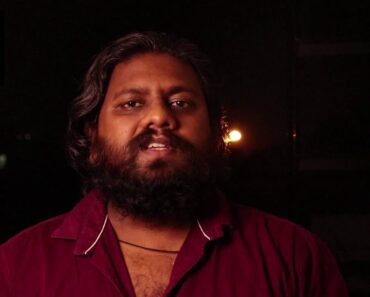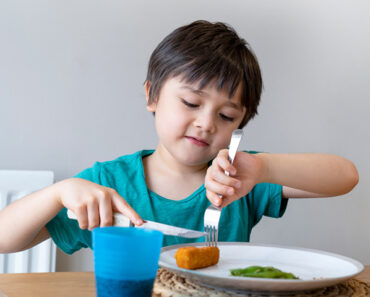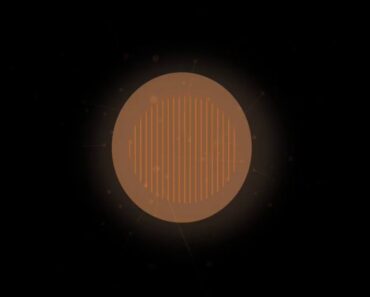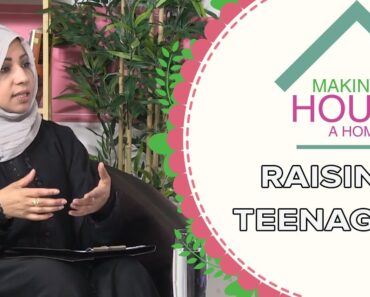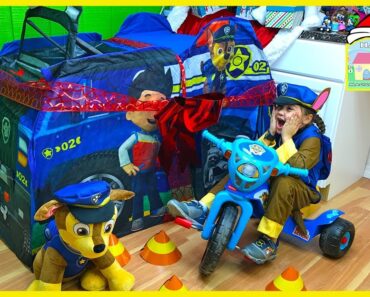Headaches are quite common in children. About 20% of children aged five years and 75% of teenagers get occasional headaches (1). These occur due to stress, fatigue, poor eyesight, fever, or sinus infection (2). Headaches in children are mostly harmless and can be managed with simple treatments and home remedies.
Although rare, a persistent and acute headache can result from an underlying health condition that requires medical attention. Since children may not figure out the difference, you must be aware of the symptoms and consult a healthcare provider for proper diagnosis and treatment.
In this post, we will help you understand headaches in children, including their causes, symptoms, and treatment.
Causes And Types Of Headaches In Children
It is believed that headaches occur due to muscle tightening and blood vessel dilation inside the head. Headaches have also been related to a change in the transmission of pain information from the head, face, and neck, between the nervous systems. Chronic headaches may result from poor or lack of sleep. Rarely, a headache can occur due to a problem, such as a brain tumor, or other abnormality.
Factors such as family history or genetics, stress, fatigue, ongoing medication, poor nutrition, or a head injury may also increase the risk of headaches in children (3) (4).
Headache in children is divided into two groups (5) (3):
- Primary headaches: Occasional and harmless, primary headaches are caused due to muscle tightening, blood vessel dilation, alteration of nerve pain signals, and swelling in different or specific parts of the brain. These headaches are not manifestations of an underlying health condition and are easily cured. The primary headaches are further divided into different types.
- Tension headaches: These result from stress and mental conflict. Inflicting mild pain, these are the most common headaches in children.
- Migraine headaches: Affecting about 20% of teenagers, migraine headaches can start as early as seven years in boys and ten years in girls. Children are likely to experience this type of headache if the family has a history of migraines. However, for girls, it may also be one of the symptoms of menstruation. Weakening and painful, migraines can persist for hours or even days for some children.
- Cluster headaches: Less common, cluster headaches are more frequently seen in teenage boys. Unlike migraine and tension headaches, cluster headaches can continue for several weeks or months and seem to recur after every one or two years. Children are likely to get this type of headache from ten years of age.
- Secondary headaches: The rarest form of headaches, secondary headaches result from an underlying health condition such as brain abnormality or other health issues.
Symptoms Of Headache In Children
The symptoms of headaches in children differ depending upon the type of headache they are experiencing (6):
Tension headaches
- Mild pain that develops slowly
- Pain on both sides of the head or surrounding the head
- Pain in the head or behind the neck
- Pain that impacts the child’s sleep pattern
Migraine headaches
- Nausea often accompanied by vomiting
- Experiencing an aura, i.e., symptoms before the onset of a migraine, such as visions of flashing lights, or any change in the vision and sense of a foul smell
- Pulsating pain on one or both sides of the head
- Sound and light sensitivity
Cluster headaches
- Acute headache on either side of the head, usually around the eyes
Secondary headaches
- Acute pain persisting for a long time
- Headache persisting from early morning
- Headache that worsens with time
- Headache with epilepsy or seizures
Complications Of Headache In Children
A recurring and acute headache may cause a child to experience the following complications (6):
Home Remedies For Headache In Children
Some home remedies to try for headache relief in children include (7) (8):
- Massage: Massaging the neck and shoulders can help release tension and thus relieve the pain. Older children may try some relaxation techniques such as deep breathing or progressive muscle relaxation technique that focuses on one muscle at a time and progressively releases the tension.
- Healthy diet: Intake of food, high in magnesium (promoter of healthy muscle state and muscle tension reliever), such as fish, yogurt, and spinach, can help prevent headaches. A proportionate diet with minerals and vitamins, such as vitamin B2, can help cope with headaches.
- Essential oils: Essential oils including lavender, chamomile, or peppermint can be inhaled through aromatherapy for pain relief. It works by acting on the brain’s limbic system that controls our behavioral and emotional responses. The essential oils can also be applied over the affected area in diluted form.
- Warm or cold compress: You can use an ice pack or a wet cloth as a cold compress and place it over the head. Warm cloth may also be used similarly.
When To See A Doctor
Consult with a healthcare provider in case (4) (5):
- The symptoms worsen with time
- The headaches start to impact your child’s daily activities, such as being unable to attend school or problems while sleeping
- New symptoms begin to emerge
Diagnosis Of Headache In Children
Diagnosis of a headache in children begins with evaluating the symptoms and obtaining a complete medical history of the patient and the family. This is accomplished by asking the patient a few questions about (3) (6):
- Location of the headaches
- Any specific activity that appears to trigger the pain
As parents, you may be asked if the child:
- Is showing any behavioral change
- Had past problems of emotional stress
- Had an accident involving head or face injuries
Maintaining a record or a headache symptoms diary with the occurrences, triggers, intensity, duration, location, and relieving factors may help with the diagnosis and the future headaches (2).
After evaluating the above factors, further tests may be carried out if a severe issue is detected.
- Blood test: It is carried out to check the levels of ferritin, iron, and thyroid, along with blood count.
- MRI: This technique uses magnetic fields and radio waves to obtain an in-depth image of the inside organs or tissues of the body.
- CT scan: CT scan is an imaging modality that utilizes X-rays and computers to get a detailed picture of any body part such as bones, fats, different organs, and muscles.
- Polysomnogram: A procedure carried out during sleep, a polysomnogram monitors the patient’s breathing pattern and movement of the muscles. This is done to detect any form of sleep disorder.
- Lumbar puncture (spinal tap): This test is carried out to measure the pressure of cerebrospinal fluid (CSF) to detect CSF infection, if any.
Treatment For Headache In Children
The treatment for headaches in children depends on the child’s age and the type, cause, and intensity of the headache (9) (10).
- Headache education: At times, there may be certain practices and even some foods that could trigger headaches. The treatment involves the doctor evaluating such factors and educating the patient regarding their possible triggers. These may be extreme stress, lack of sleep, and food triggers such as caffeinated beverages, aged cheeses, and monosodium glutamate (MSG), to name a few.
- Abortive medicines: As the name suggests, abortive medicines help stop an ongoing headache by acting on specific blood vessel receptors in the head. These may include acetaminophen and ibuprofen.
- Rescue medicines: These refer to over-the-counter pain relief medicines such as acetaminophen, often used to treat headaches.
- Preventive medicines: Medications involved in preventive therapy are usually prescribed for acute migraine headaches. Certain vitamins, such as vitamin B2, and minerals, such as magnesium, have also been preventive against headaches.
- Behavioral management: This includes biofeedback techniques where children are taught to control their responses to cope with their pain. Behavioral management also involves certain relaxation therapies.
Prevention Of Headache In Children
Some simple preventive measures for headaches in children are (7):
- Ensure that your child gets plenty of rest to be stress-free.
- In case of stress, let them open up about their problems and talk to relieve some tension.
- Make sure they have their meals on time and do not skip the important meals of the day.
- They should stay hydrated with plenty of water or other liquids such as juices and certain sports drinks.
- Encourage them to exercise regularly to stay active and healthy.
- Ensure that they do not consume any food or drinks that can possibly trigger their headache.
Conclusion
If your child is experiencing a mild headache, do not be alarmed. Simple home remedies or prescribed medication can help alleviate the symptoms. However, consult a healthcare provider to prevent an adverse outcome if you find severe symptoms.
References:


